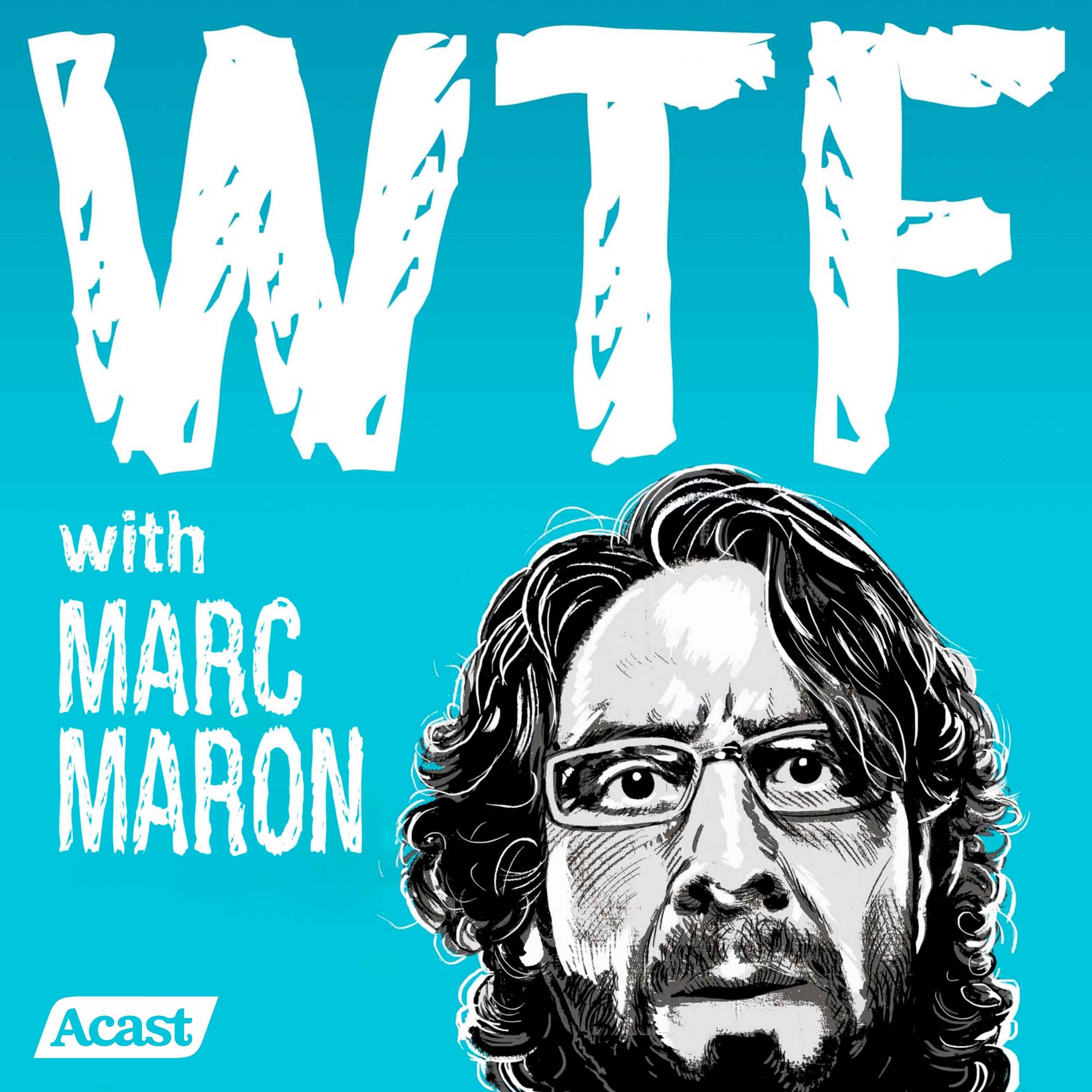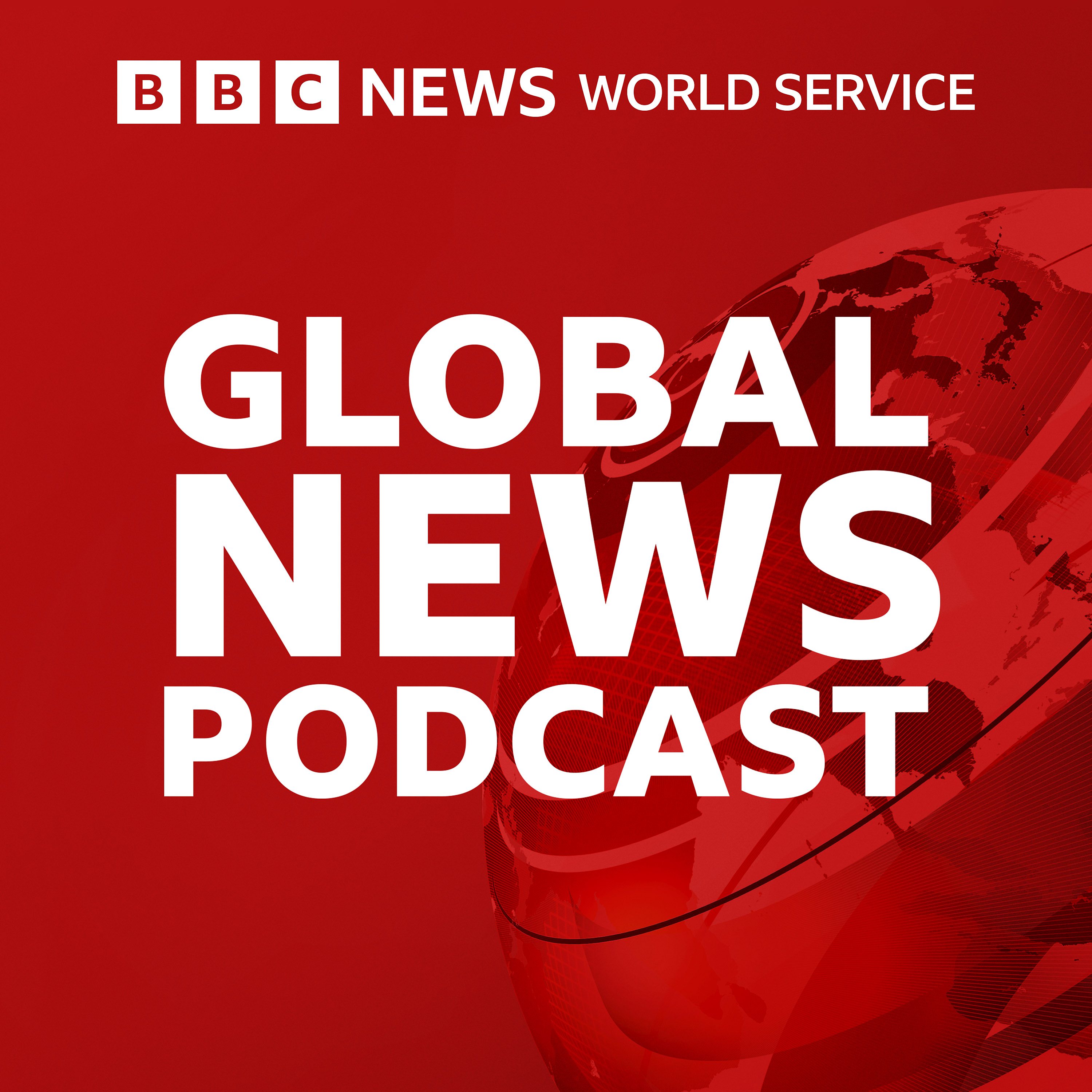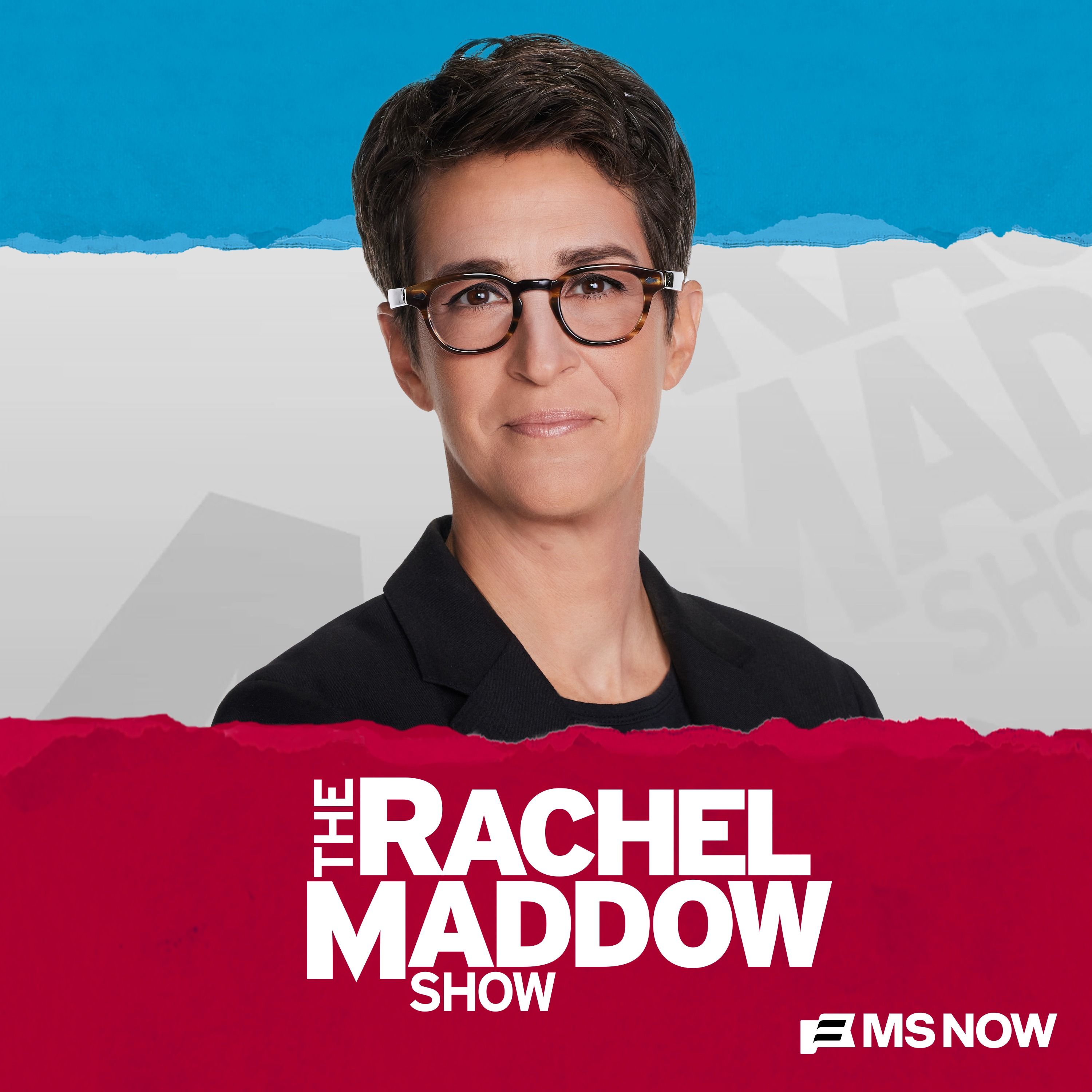
That's Life, I Swear
Every Wednesday, join Rick Barron as he unravels the intricate threads of life's most captivating stories. From heart-pounding political dramas to the awe-inspiring challenges of climate change, he explores the topics that shape our world and define our era.
But this isn't just another talk show. Rick delves deep into the human psyche, examining our beliefs, behaviors, and the obstacles we overcome. He celebrates our triumphs and embraces our imperfections, uncovering the profound lessons hidden in everyday experiences.
The episodes are a journey of self-discovery as he shares stories that mirror our collective identity. These tales aren't just entertaining – they're a reflection of who we are, who we were, and who we aspire to be. They carry the weight of our ancestral legacy, the fire of our dreams, and the depths of our pain.
With each episode, you'll confront your deepest anxieties about yourself, your place in the world, and the future that awaits us all. In understanding these complexities, you'll find inspiration, connection, and perhaps even transformation.
"That's Life, I Swear" isn't just a podcast – it's a weekly rendezvous with the extraordinary nature of ordinary life. Subscribe now, wherever you get your podcasts, and join Rick on this unforgettable exploration of the human experience. After all, that's life, I swear.
That's Life, I Swear
Click, Watch, Unsubscribe: Streaming TV New Normal
As more people cancel subscriptions, streaming video companies must work harder to sign up new users to expand their overall customer base.
supporting links
1. Antenna [website]
2. The Future of Streaming: How to Cut Costs & Save Money [Cloudwards]
3. Streaming services keep getting more expensive [The Verge]
4. Price Storm: Why Major Streaming Services Have Hiked Rates [Variety]
5. Americans’ New TV Habit: Subscribe. Watch. Cancel. Repeat [Motley Fool Community]
How to find and cancel your unused subscriptions [Engadget]
Contact That's Life, I Swear
- Visit my website: https://www.thatslifeiswear.com
- Twitter at @RedPhantom
- Bluesky at @rickbarron.bsky.social
- Email us at https://www.thatslifeiswear.com/contact/
Episode Review
- Submit on Apple Podcast
- Submit on That's Life, I Swear website
Other topics?
- Do you have topics of interest you'd like to hear for future podcasts? Please email us
Interviews
- Contact me here https://www.thatslifeiswear.com/contact/, if you wish to be a guest for a interview on a topic of interest
Listen to podcast audios
- Apple https://apple.co/3MAFxhb
- Spotify https://spoti.fi/3xCzww4
- My Website: https://bit.ly/39CE9MB
Other
- Music ...
⏱️ 14 min read
Today we will talk about the ever-evolving landscape of television consumption in America. We all watch tv, but our habits change over time. With streaming tv today a new habit has emerged: Subscribe. Watch. Cancel. Repeat.
More Americans are embracing this new habit. But what does it mean for the future of entertainment? What are the trends, the insights, and the big implications for the industry? Grab your remote and get ready to explore this rapidly shifting TV pattern.
Welcome to That's Life, I Swear. This podcast is about life's happenings in this world that conjure up such words as intriguing, frightening, life-changing, inspiring, and more. I'm Rick Barron your host.
Now and then I find interesting information, a story or an intriguing fact, while researching my next topic. While not a big story per se, it comes down to what I call, ‘it’s the little things that matter’. From time to time, I’ll share these short segments with you, and I hope you’ll learn something of value from the episode, even if it’s a small little thing.
That said, here's the rest of this story
The relentless surge in prices has left no stone unturned, and the streaming realm is no exception. Managing subscriptions has evolved into a formidable headache, with unexpected spikes in monthly expenses catching consumers off guard. Navigating the labyrinth of streaming choices is a daunting task, and limiting oneself to a select few services is easier said than done.
Although streaming costs have traditionally undercut the exorbitant bills of traditional cable or satellite providers, subscribing to multiple services often results in comparable, if not higher, expenditures. In the face of the ongoing financial strain afflicting households, finding ways to trim streaming expenses has become an urgent priority.
There was a time, consumers lacked the luxury of choice, forced to pay for a bundled package of channels, subsidizing countless offerings they had no intention of ever watching. However, the television landscape has undergone a seismic shift, transitioning into a streaming-centric realm. While the intentions were noble, a new problem reared its head: the scattering of content across an ever-increasing number of platforms.
The pandemic served as a catalyst for the streaming revolution, as the public found themselves confined to their homes, embracing the digital entertainment offerings as a means of escapism. Yet, the fracturing of the marketplace has proven to be a double-edged sword.
Initially, a handful of major players dominated the streaming arena, with platforms like Netflix, Hulu, HBO, and Amazon reigning supreme, accompanied by a smattering of niche or genre-specific platforms. However, as the pandemic unfolded, every network and their proverbial mother decided to reclaim their licensing rights and launch their own streaming platforms, fragmenting the market further.
The result? A constellation of platforms, each demanding a monthly fee on par with, or even exceeding, the costs of traditional cable packages. To access the diverse array of content that piques one's interests, consumers find themselves compelled to subscribe to an ever-growing number of services, effectively negating the cost-saving advantages that initially fueled the streaming revolution.
There was a time, viewers were in love with the large number of streaming options at their fingertips, from Peacock and Max to Apple TV+ , relishing the thrill of accessing their desired content anytime, anywhere. The digital smorgasbord seemed too good to be true.
Yet, as the world emerged from the grip of the COVID-19 pandemic and embraced the great outdoors once more, whispers of doubt began to circulate. Were six or more streaming subscriptions truly necessary, or merely a luxury draining their wallets dry?
Consumers, ever shrewd, adapted to the landscape, forging a new path: Subscribe. Consume. Cancel. Rinse and repeat. As the novelty wore thin or the offerings failed to captivate, the cancel button beckoned with a siren's call.
In a twist foreshadowed by the waning enthusiasm, some astute viewers recognized an opportunity to refine the system further. Bidding adieu to services like Max, Apple TV+, and Hulu, they embraced a nomadic existence, temporarily reactivating subscriptions solely to indulge in coveted seasons before swiftly canceling once more.
The American public has an escalating propensity for impulsively terminating their streaming service subscriptions. According to data from Antenna, a research firm specializing in subscriptions, more than 29 million individuals – approximately a quarter of domestic paying streaming subscribers – have canceled three or more services over the preceding two years. What makes these numbers concerning to the streaming services companies, is that these figures are rapidly on the rise.
This data suggests a sharp deviation from consumer behavior patterns of the past – a marked departure from the cable era, when viewers largely remained loyal to a single provider, as well as the early days of the so-called streaming wars, when people continued to accumulate services without rejecting or switching between them.
Among these nomadic subscribers, some exploit the ease with which one can hop from one service to the next with a monthly contract and a simple button click. Indeed, these users can be fickle – Antenna's research reveals that a third of them re-subscribe to the canceled service within six months.
Ah yes, it’s the little things that matter that count and that was the cancel button right in front of us.
According to Jonathan Carson, the chief executive of Antenna, "Within three years, this practice has transitioned from a highly niche behavior to an absolute mainstream phenomenon in the market."
This shift affords consumers far greater flexibility, but the implications could be substantial for major media corporations, especially if this conduct becomes even more prevalent.
Traditional media giants such as Paramount, Warner Bros. Discovery, NBCUniversal, and Disney are striving to navigate the exceedingly turbulent transition from the immensely profitable cable bundle model to the realm of streaming, which has yet to achieve profitability. As a case in point, NBCUniversal's Peacock platform incurred losses of $2.8 billion in the previous year.
Due to the challenging landscape, these corporations have slashed investments in shows – a stark reality evidenced by the steepest decline in the number of scripted shows in the United States in 2023, a drop unprecedented in at least 15 years. Furthermore, they are resorting to increasing prices for their streaming services. (For instance, both Disney+ and Hulu raised the price of their commercial-free tiers by $3 a month last year.)
The presence of less loyal subscribers could introduce an entirely new level of complexity to their business model. According to Mr. Carson, these "serial churners," as Antenna refers to them, accounted for roughly 40 percent of all new subscriptions and cancellations last year.
"They clearly can't be ignored because it's such a big, active part of the market," as stated by Mr. Carson
One potential option for slowing this churn, as perceived by tv streaming executives, is to reintroduce an element of the cable bundle by offering streaming services as a package. Executives believe consumers would be less inclined to cancel a package offering services from multiple companies.
Disney has achieved success by bundling Disney+, Hulu, and ESPN+ into a single package. Additionally, it has joined forces with several other companies, including Fox and Warner Bros. Discovery, in announcing the launch of a sports streaming service scheduled to debut this fall.
The streaming services also attempt to keep subscribers hooked by prominently displaying "coming soon" features within their apps. Disney+ recently advertised an upcoming documentary series from National Geographic ("Secrets of the Octopus"), while Apple TV+ is teasing "Dark Matter," a science-fiction series released in May of 2024, within its app.
As Peacock approached the streaming-only debut of the National Football League playoff game this year, the platform promoted a special offer to deter new subscribers from canceling: Sign up for a whole year at $30, half the regular price.
According to Antenna's research, individuals who subscribed to Peacock on the weekend of the game did not engage in mass cancellations the following month; the cancellation rates were close to average.
According to Mr. Carson, although the nomadic subscribers tend to skew slightly younger and have a somewhat lower income, "this is an activity that individuals from all walks of life in America are engaging in."
Many people began accumulating streaming subscriptions during the pandemic. With so much time stuck at home during early 2020 to 2022 at least, one had an abundance of downtime and "hearing about what everybody else was watching."
To repeat, as the pandemic subsided, the public found themselves again in a busy social and professional life. It felt like the world was really back beginning in 2023. People were just outside more, interacting with humans more. Once this cycle began, the consumer began to wonder if having all these subscriptions was needed anymore.
Price sensitivity is undoubtedly a contributing factor in this new thinking of how one watches tv today. According to a recent study conducted by Deloitte, Americans with a streaming subscription are spending an average of $61 per month for four services, a substantial increase from $48 a year ago.
Notably, this increase can be attributed to higher prices, not the acquisition of additional services. The study revealed that nearly half of the individuals surveyed expressed their intention to cancel their preferred streaming service if monthly prices were to escalate by an additional $5.
The consumer today is able to turn off streaming services so easily now, it's like why spend the money on something that you’re not using from month to month?"
Now, with a streamlined list of streaming subscriptions, people feel a weight lifted from their shoulders.
With the old system of cable tv, you have to have a million different subscriptions to watch what you want. The consumer has declared war and extremely happy to cancel as a punishment for the companies having forced them into this predicament."
Streaming subscriptions have surpassed traditional cable and satellite packages, becoming a staple in American households. While on-demand services offer affordability, subscribing to multiple platforms can quickly inflate your monthly expenses, not to mention the premium attached to live TV streaming.
Fortunately, there are numerous strategies to enjoy streaming without breaking the bank, including leveraging free trials, bundling services with phone plans, tapping into student discounts, and sharing subscriptions. As more individuals sever ties with cable and satellite TV, and with the pandemic fueling a surge in streaming interest, the industry has witnessed unprecedented growth.
Yet, the landscape is crowded, with exclusive content scattered across various platforms and a proliferation of original programming. Dishing out for every service isn't practical; you may struggle to consume enough content to justify the expenditure. However, trimming your streaming budget doesn't mean sacrificing quality entertainment.
What can we learn from this story? What's the takeaway?
When it comes to saving a dollar here and there, sometimes it’s something as simple as seeing what’s in front of you and doing the obvious.
It’s not about loyalty anymore, it’s about the content…good content
Why pay for a subscription that you only use on occasion? As more people cancel subscriptions, streaming video companies must work harder to sign up new users to expand their overall customer base.
Well, there you go, my friends; that's life, I swear
For further information regarding the material covered in this episode, I invite you to visit my website, which you can find on Apple Podcasts, for show notes calling out key pieces of content mentioned and the episode transcript.
As always, I thank you for the privilege of you listening and your interest.
Be sure to subscribe here or wherever you get your podcast so you don't miss an episode. See you soon.
Podcasts we love
Check out these other fine podcasts recommended by us, not an algorithm.

TED Talks Daily
TED
WTF with Marc Maron Podcast
Marc Maron
The Ezra Klein Show
New York Times Opinion
Hard Fork
The New York Times
Global News Podcast
BBC World Service
The Moth
The Moth
Bold Names
The Wall Street Journal
The Interview
The New York Times
The Rachel Maddow Show
Rachel Maddow, MS NOW
Most Innovative Companies
Fast Company
